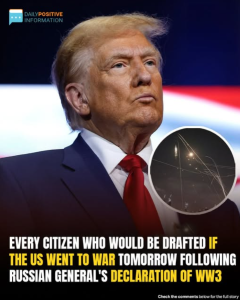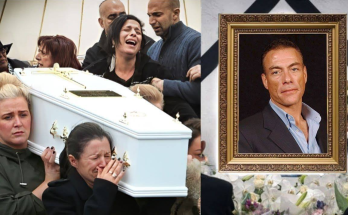If a global war were to break out and the United States decided to reinstate the military draft, the process would follow strict guidelines set by the Selective Service System — the federal agency responsible for managing conscription if needed. While the U.S. military has been an all-volunteer force since 1973, the Selective Service maintains a registry of eligible individuals in case a draft is activated during a national emergency.
Who Could Be Drafted?
By law, all male U.S. citizens and male immigrants (including undocumented immigrants, refugees, and asylum seekers) between the ages of 18 and 25 are required to register with the Selective Service within 30 days of their 18th birthday. If a draft were reinstated, this age group would be the primary pool of candidates. Men who fail to register could face fines, imprisonment, and loss of federal benefits, although actual prosecutions are rare.
In the event of a draft, the system would start by selecting 20-year-olds first, followed by those aged 21, 22, 23, 24, and finally 25. Younger registrants would not be called until older groups were exhausted. The draft lottery would randomly determine the order in which eligible men are called, based on their birth dates.
Currently, women are not required to register for the Selective Service, though discussions about including women in future drafts have intensified in recent years. Congress would need to change the law to officially include women in conscription.
Deferments and Exemptions
During previous drafts — most notably during the Vietnam War — certain individuals qualified for deferments or exemptions. These could include college students (temporary deferments), men supporting dependent family members, conscientious objectors (those opposed to war on moral or religious grounds), and those with medical conditions that make them unfit for service. The exact rules and criteria would depend on the legislation enacted at the time of the draft.
What Happens After a Draft Call-Up?
Once selected, draftees would undergo physical, mental, and moral evaluations to determine their fitness for military service. Those deemed qualified would be assigned to various branches of the armed forces as needed. Training and deployment would follow quickly in the case of an urgent global conflict.
Would a Draft Really Happen?
While the draft remains a legal option, military leaders and politicians stress that an all-volunteer force has been sufficient for decades, even during major conflicts. A draft would only likely be reinstated in the event of a large-scale, prolonged war where manpower needs far exceed the volunteer supply.
In sum, if a global war erupted, American men between 18 and 25 would be the first in line for conscription. The rules are designed to ensure fairness, though any actual draft would spark intense debate and scrutiny across the nation.
